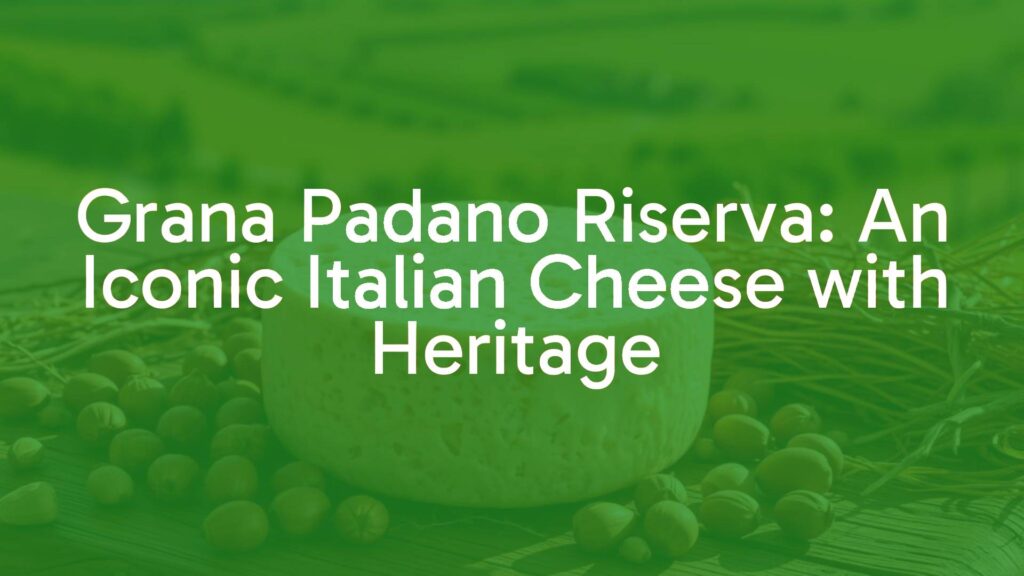Grana Padano Riserva: An Expression of Italian Craftsmanship
Distinguishing Features of Grana Padano Riserva
Grana Padano Riserva is revered as one of Italy’s most celebrated hard cheeses. Crafted from raw cow’s milk, it stands apart due to its extended maturation period—minimum 20 months, often surpassing two years. The word “Riserva” signifies a higher standard of selection and aging, resulting in a more granular, crumbly texture and intense, complex flavors compared to standard Grana Padano. Its pale straw color, crystalline structure, and nuanced aromas of nuts and hay make it unmistakable.
Historical Roots and Regional Heritage
The origins of Grana Padano trace back nearly a thousand years to the fertile plains of the Po River Valley in Northern Italy, particularly in Lombardy, Emilia-Romagna, Piedmont, Veneto, and Trentino. Cistercian monks first developed “grana”-style cheeses to preserve surplus milk, harnessing methods still valued today. The “DOP” (Protected Designation of Origin) status guarantees that Grana Padano Riserva’s production and aging are overseen within designated regions, upholding centuries-old traditions and safeguarding authenticity.
Methods of Production and Aging
What sets the Riserva designation apart is its long refinement in climate-controlled cellars. After forming and salting, wheels are left to mature under careful monitoring. Only those demonstrating exceptional quality after at least 20 months are branded as Riserva. This extended maturation deepens the cheese’s savory profile and creates its signature crystalline, brittle bite. Production relies on minimal ingredients—raw milk, rennet, and salt—alongside meticulous skill and patience.
Regional Pairings and Culinary Uses
Grana Padano Riserva’s versatility allows it to shine in both traditional and contemporary cuisine. Italians often serve it simply—broken into shards with a knife and enjoyed as a table cheese, sometimes accompanied by crusty bread or ripe pears. It also graces antipasti plates, complements cured meats, and elevates salads. In regional cuisine, it’s shaved over risotto alla Milanese, stirred into soups, or used to finish pasta dishes, enriching flavors with its umami punch.
Cultural Significance and Enjoyment
This cheese is deeply woven into Italian social and culinary customs. During festive gatherings, it’s common to see wedges of Grana Padano Riserva featured at the center of the table as a symbol of abundance and sharing. Local wine pairings range from robust reds like Barbera or Sangiovese to sparkling Franciacorta, highlighting the cheese’s savory complexity.
Serving Tips and Appreciating Grana Padano Riserva
For the fullest expression of its aroma and flavor, bring the cheese to room temperature before serving. Use a special almond-shaped knife to break the wheel into bite-sized nuggets, enhancing its natural texture. The cheese’s rind, once cleaned, can be added to soups or broths for additional depth. Its intensity makes it a satisfying end to a meal, paired with a sip of aged balsamic vinegar or fresh seasonal fruit.
Grana Padano Riserva isn’t just a cheese—it’s a testament to Italian tradition, agricultural heritage, and the art of aging to perfection.

